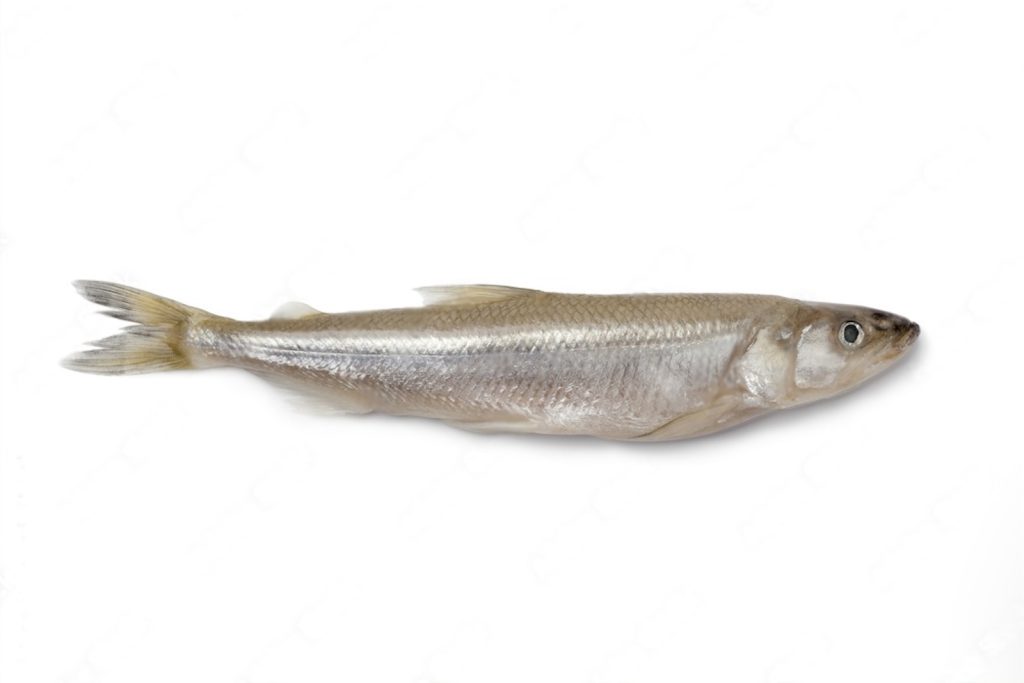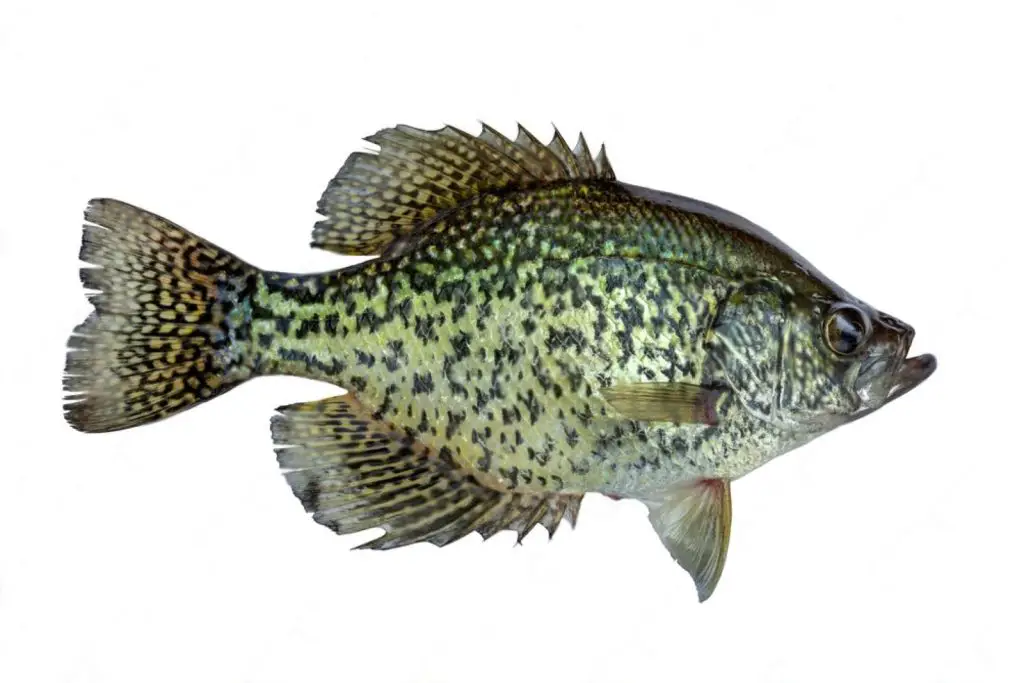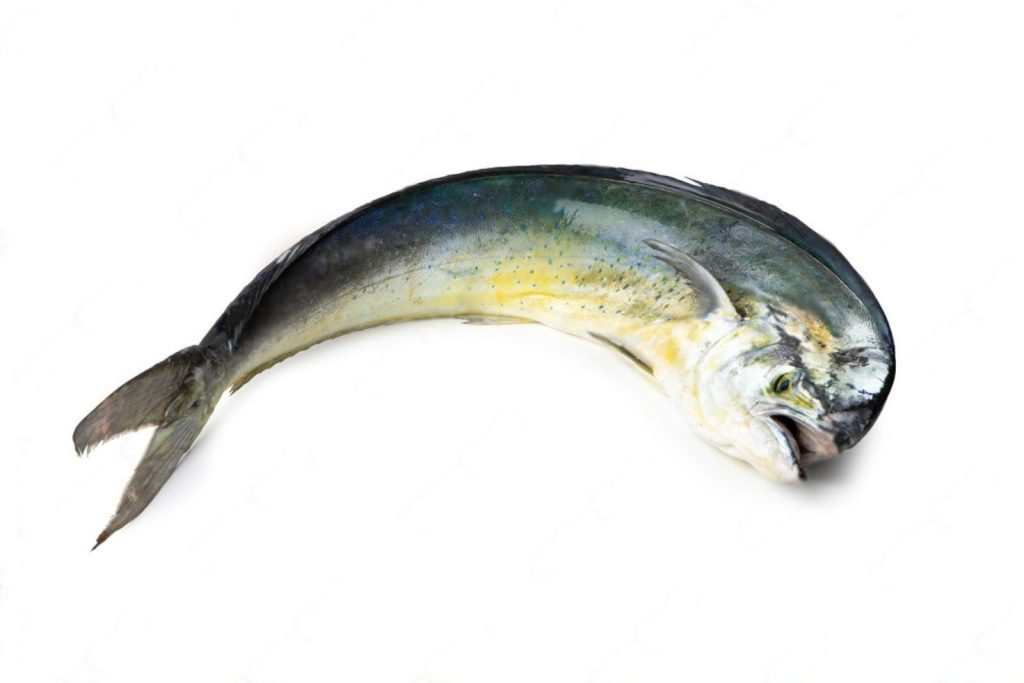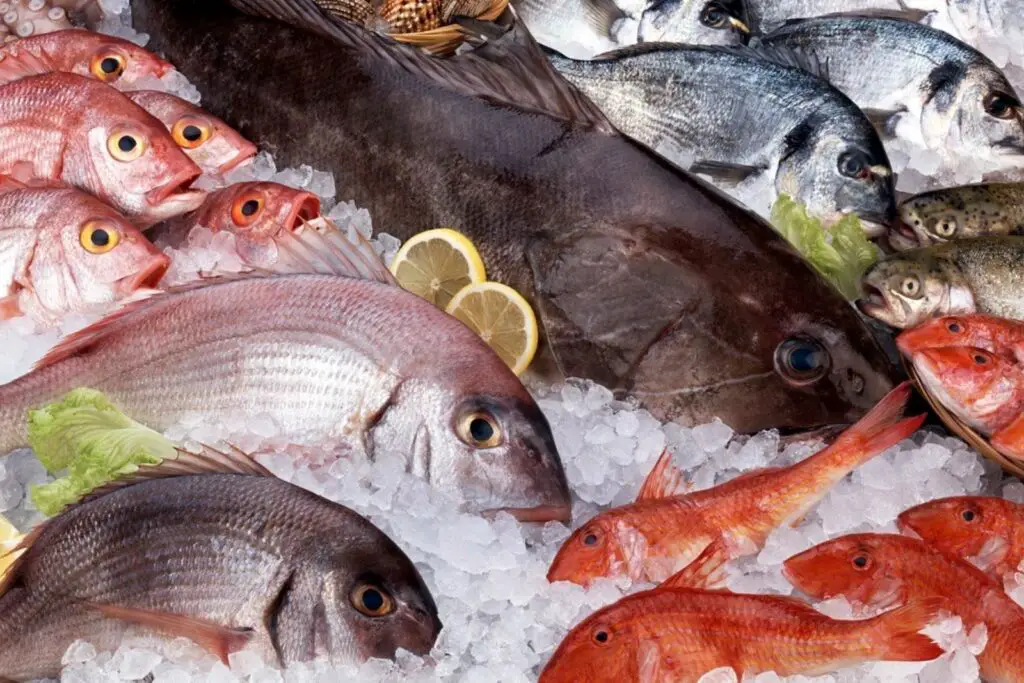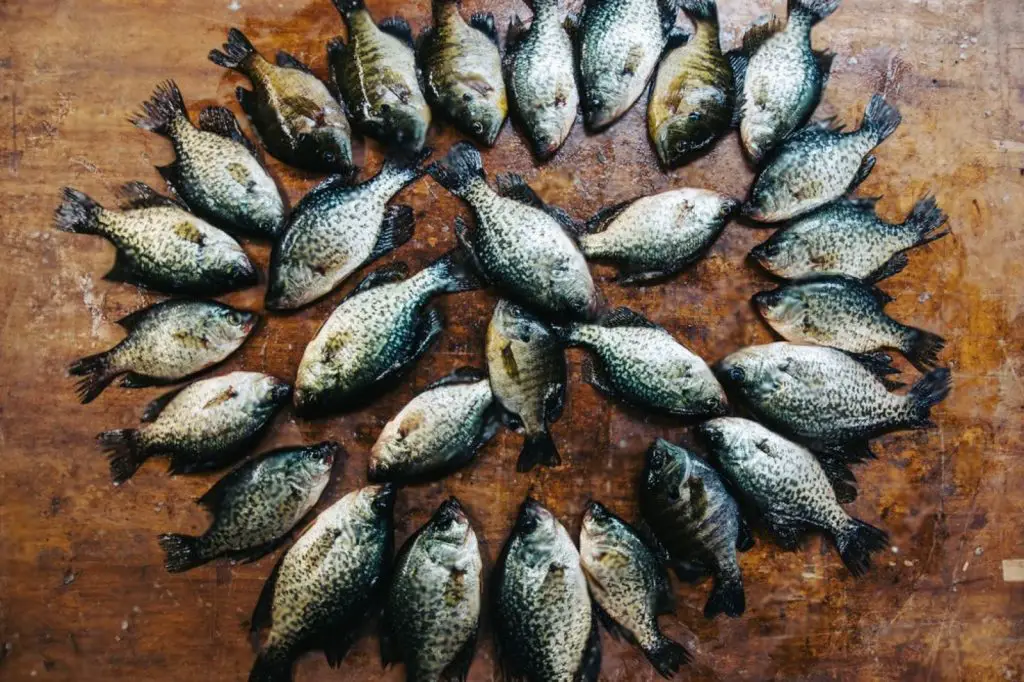
Cod fish is a versatile and delicious seafood option that can be enjoyed in a variety of dishes. Whether you’ve caught fresh cod or purchased it from a market, freezing it can help preserve its flavor and texture for future use. Freezing cod fish is a straightforward process that involves a few simple steps to ensure its optimal quality when you’re ready to cook with it. In this article, we will provide you with a comprehensive guide on how to freeze cod fish properly.
Here’s a step-by-step guide on freezing cod fish:
Step 1: Select fresh cod fish
Choosing fresh cod fish is crucial when it comes to freezing it. Freshness plays a significant role in the overall quality and taste of the fish, even after it has been frozen. Here’s why selecting high-quality cod fish is important:
- Texture and flavor: Fresh cod fish has a firm and moist texture, and its flesh should be slightly translucent. When frozen, the texture of the fish will remain closer to its original state if it is fresh when initially frozen. Additionally, fresh cod fish has a mild and delicate flavor that is highly desirable in various recipes.
- Discoloration and odor: Inspect the cod fish for any signs of discoloration, such as brown or yellow patches on the skin or flesh. These can be indications of spoilage. Furthermore, fresh cod fish should not have a strong, unpleasant odor. Any overpowering fishy smell suggests that the fish is past its prime.
- Proper handling and storage: When selecting cod fish, consider where and how it has been handled and stored. If possible, choose fish that has been properly stored in a chilled display case or kept on ice. This ensures that the fish remains at the appropriate temperature, reducing the risk of bacterial growth and maintaining its freshness.
Step 2: Clean and prepare the fish
Properly cleaning and preparing the cod fish before freezing is essential to maintain its quality and prevent any potential contamination. Here’s why it’s important to follow these steps:
- Removal of scales and slime: Rinse the cod fish under cold water to remove any scales that may be present on its skin. Scales can be tough and unpleasant to consume, so it’s crucial to remove them before freezing. Additionally, cod fish can have a slimy residue on its skin, which should also be rinsed off. This slime can harbor bacteria and affect the fish’s flavor and texture.
- Hygiene and safety: Cleaning the fish helps remove any surface bacteria or contaminants that may be present. Bacteria can multiply rapidly in moist environments, so removing slime and other residues decreases the risk of bacterial growth during freezing and storage. This step ensures that the fish remains safe to consume when thawed and cooked later.
- Excess moisture removal: After rinsing, pat the cod fish dry with paper towels to remove any excess moisture. Moisture can contribute to the formation of ice crystals during freezing, which can cause freezer burn and negatively impact the fish’s texture and taste. Drying the fish helps minimize the presence of excess moisture, promoting better freezing and preserving the fish’s quality.
Should I remove the skin before freezing cod fish?
It is a personal preference whether to remove the skin before freezing cod fish. Freezing with the skin on helps protect the flesh from drying out. However, if you prefer to remove the skin, it can be done before or after freezing.
Step 3: Portion the fish
Portioning the cod fish into smaller fillets or steaks before freezing offers several benefits. Here’s why it is recommended to divide the fish into desired portions:
- Ease of handling: Whole cod fish can be large and cumbersome to handle, especially when it’s time to thaw and cook only a portion of it. By portioning the fish into smaller fillets or steaks, you make it more manageable and convenient to work with. It allows you to easily access and use the desired amount without having to thaw the entire fish.
- Uniform freezing and thawing: Dividing the fish into smaller portions ensures more uniform freezing and thawing. Smaller pieces freeze and thaw faster than a whole fish, reducing the overall time needed to prepare your dish. It also promotes even freezing, preventing the formation of large ice crystals and preserving the fish’s texture.
- Versatility and portion control: Portioning the cod fish allows you to have more flexibility in using it for different recipes. You can portion it according to your specific needs, whether you prefer smaller fillets for pan-frying or larger steaks for grilling. Additionally, portioning helps with portion control, enabling you to thaw and cook only the amount you need, reducing waste and ensuring freshness.
When portioning the fish, use a sharp knife to make clean cuts through the flesh, taking care to maintain the desired thickness and shape of the portions. Consider the size of your freezer containers or bags and choose portions that will fit well for convenient storage.
Can I freeze whole cod fish instead of fillets?
Yes, you can freeze whole cod fish. However, it’s important to clean and gut the fish thoroughly before freezing. If you plan to portion the fish later, it is advisable to cut it into fillets or steaks before freezing. This allows for easier handling and thawing when you decide to use it.
Step 4: Wrap the fish
Wrapping each portion of cod fish tightly before freezing is crucial to preserve its quality and protect it from freezer burn and moisture loss. Here’s why it’s important to wrap the fish properly:
- Preventing freezer burn: Freezer burn occurs when the surface of the fish is exposed to air, causing moisture to evaporate and ice crystals to form. This can result in dry and discolored patches on the fish, affecting its taste and texture. Wrapping the fish tightly in plastic wrap or aluminum foil creates a barrier that minimizes air exposure, reducing the risk of freezer burn.
- Protecting from moisture loss: Fish contains natural moisture, and excessive moisture loss during freezing can lead to a loss of quality. Wrapping the fish tightly helps retain its moisture, preventing it from drying out. It helps maintain the natural juiciness and texture of the fish, ensuring a better culinary experience when you eventually cook with it.
- Secure and proper sealing: It is crucial to wrap the fish securely and ensure proper sealing to prevent air or moisture from entering the package. This helps maintain the integrity of the fish and prevents any potential contamination. Ensure that the plastic wrap or aluminum foil is tightly sealed around each portion, leaving no gaps or openings.
When wrapping the fish, start by placing the portion in the center of the plastic wrap or aluminum foil. Fold the wrap or foil over the fish, covering it completely. Press and smooth out any air pockets, making sure the wrap adheres closely to the fish. Secure the edges tightly to create a sealed package.
Step 5: Place in freezer bags or containers
Once you have wrapped each portion of cod fish, it’s important to transfer them to freezer-safe bags or containers for optimal storage. Here’s why using freezer bags or containers is crucial:
- Protection from air and moisture: Freezer-safe bags or containers provide an additional layer of protection against air and moisture. While the initial wrapping helps prevent freezer burn and moisture loss, placing the wrapped fish portions in airtight containers or bags further minimizes the risk of air and moisture entering the package. This ensures the fish retains its quality, texture, and flavor during freezer storage.
- Preventing cross-contamination: Using separate freezer bags or containers for each portion of cod fish helps prevent cross-contamination. By individually packaging the fish, you minimize the contact between different portions, reducing the risk of flavors mixing or any potential transfer of odors. This ensures that each portion maintains its distinct taste and quality.
- Efficient use of freezer space: Freezer bags or containers allow for efficient utilization of freezer space. They can be stacked or arranged neatly, maximizing the available storage area. Proper organization of the frozen fish portions prevents them from being crushed or damaged, making it easier to locate and access specific portions when needed.
When selecting freezer bags or containers, ensure they are specifically designed for freezer storage. These containers are made of durable materials that can withstand low temperatures and resist freezer burn. Additionally, they should be airtight to prevent air and moisture infiltration.
Place each wrapped portion of cod fish in a separate freezer bag or container, removing any excess air before sealing. If using bags, squeeze out the air as much as possible before sealing. With containers, ensure the lids are tightly sealed to maintain an airtight environment.
Can I freeze cod fish in freezer bags or containers without wrapping?
It is generally recommended to wrap cod fish before placing it in freezer bags or containers for freezing. Wrapping the fish provides an additional layer of protection against freezer burn and helps maintain its quality. However, if you choose to use freezer bags or containers without wrapping, ensure they are specifically designed for freezer storage and provide airtight seals to minimize moisture loss and maintain the fish’s freshness.
Step 6: Label and date the packages
Properly labeling and dating the packages of frozen cod fish is essential for organization, storage management, and ensuring the fish is used in a timely manner. Here’s why it’s important to label and date the packages:
- Tracking storage time: By labeling the packages with the date of freezing, you can easily track the storage time of each portion of cod fish. This information is crucial for maintaining the quality and freshness of the fish. It allows you to prioritize the use of older packages first, ensuring that the fish is consumed within the recommended storage duration.
- Identifying contents and portion size: Labeling the packages with the contents (cod fish) and portion size provides clear identification. This eliminates any confusion when selecting portions for cooking. It helps you easily determine the right amount of fish needed for a particular recipe without having to defrost more than necessary.
- Efficient freezer organization: Labeling the packages creates an organized system within your freezer. It allows you to quickly locate and retrieve specific packages of cod fish when needed. This prevents unnecessary thawing and refreezing of fish portions, minimizing quality degradation due to temperature fluctuations.
When labeling the packages, use waterproof markers or labels that can withstand the freezer environment. Clearly write the contents (cod fish), portion size (if applicable), and the date of freezing on each package. Place the label in a visible area for easy identification.
Step 7: Freeze the cod fish
After properly packaging and labeling the cod fish, it’s time to freeze it. Correct freezing conditions and storage are crucial for maintaining the quality and freshness of the fish. Here’s why proper freezing is important:
- Temperature control: Place the labeled packages of cod fish in the coldest part of your freezer. The recommended temperature for freezing fish is 0°F (-18°C) or below. Freezing at these low temperatures helps preserve the texture, flavor, and nutritional value of the fish. It slows down enzymatic activity and bacterial growth, ensuring that the fish remains safe to consume.
- Prevention of odor transfer: To prevent any potential odor transfer, make sure the fish packages are not in direct contact with other items in the freezer. Fish can absorb odors easily, and contact with strong-smelling foods may compromise the flavor of the cod fish. Keep the packages separate or place them in a designated area away from strongly scented foods to maintain the integrity of the fish’s aroma.
- Fast freezing: For the best quality, it is recommended to freeze the cod fish as quickly as possible. Fast freezing helps preserve the natural texture by preventing the formation of large ice crystals, which can damage the fish’s cellular structure. If your freezer has a “fast freeze” or “quick freeze” setting, you can use it to expedite the freezing process.
By placing the labeled packages of cod fish in the coldest part of the freezer, setting the temperature to 0°F (-18°C) or below, and ensuring they are not in direct contact with other items, you create optimal conditions for freezing. This step helps maintain the fish’s quality, flavor, and nutritional value, ensuring that it remains in excellent condition until you’re ready to use it.
How long can cod fish last in the freezer?
Cod fish can last in the freezer for up to 6 months to a year when stored properly. The exact duration depends on factors like the quality of the fish, packaging, and freezer conditions. It is recommended to use the frozen cod fish within the first 6 months for optimal taste and texture.
Step 8: Thaw and use frozen cod fish
Thawing frozen cod fish properly is essential to maintain its quality and ensure safe consumption. Here’s why it’s important to thaw the fish gradually in the refrigerator:
- Preservation of texture and flavor: Thawing the cod fish slowly in the refrigerator helps preserve its texture and flavor. Gradual thawing allows the fish to retain its moisture content, minimizing the risk of excessive moisture loss and maintaining its natural juiciness. This results in a more tender and succulent final product when cooked.
- Bacterial safety: Thawing fish at room temperature can promote bacterial growth, as the surface of the fish enters the temperature danger zone (40°F to 140°F or 4°C to 60°C) where bacteria multiply rapidly. Thawing in the refrigerator maintains a consistently cold temperature, inhibiting bacterial growth and reducing the risk of foodborne illnesses.
- Even thawing of portions: Thawing in the refrigerator ensures even thawing of the cod fish portions. Thawing at room temperature or using rapid thawing methods can lead to uneven thawing, where the outer edges may thaw faster than the center. This can result in uneven cooking and affect the overall quality of the fish. By thawing slowly in the refrigerator, you allow each portion to thaw uniformly.
To thaw frozen cod fish, place the wrapped package or container in the refrigerator on a plate or tray to catch any potential drips. Thawing times will vary depending on the thickness of the fish portions. As a general guideline, allow several hours to overnight for the fish to thaw completely.
Other related questions
Can I refreeze cod fish?
Refreezing cod fish is generally not recommended as it can affect the quality and safety of the fish. When fish is thawed, it undergoes changes in texture and moisture content, and refreezing can further degrade its quality. Additionally, each thawing and refreezing cycle increases the risk of bacterial growth, potentially compromising food safety. It is best to plan the portioning and use of cod fish to avoid the need for refreezing.
How do I know if the cod fish have gone bad after being frozen?
To determine if frozen cod fish have gone bad, there are a few indicators to look out for. Firstly, check for any noticeable changes in color, such as discoloration or dark spots. Secondly, examine the texture of the fish for any excessive softness, mushiness, or dryness. Lastly, trust your sense of smell to detect any unpleasant or strong odor coming from the fish. If any of these signs are present, it is advisable to discard the cod fish as it may have spoiled during the freezing or storage process.
Can I freeze cod fish that have been cooked?
Yes, you can freeze cooked cod fish. However, keep in mind that the texture may change slightly upon thawing and reheating. It’s best to cool the cooked fish completely, package it tightly, and label it before placing it in the freezer.
Can I freeze cod fish with marinade or seasoning?
Yes, you can freeze cod fish with marinade or seasoning. Marinating the fish before freezing can enhance its flavor. Ensure that the marinade or seasoning is well-distributed and properly sealed to prevent leakage or cross-contamination. Take note of the recommended storage time for the specific marinade or seasoning used.
Can I freeze cod fish in water?
While it is possible to freeze cod fish in water, it is not recommended. Freezing fish in water can result in a loss of texture and flavor. It is better to wrap the fish tightly in plastic wrap or aluminum foil to protect it from freezer burn.


